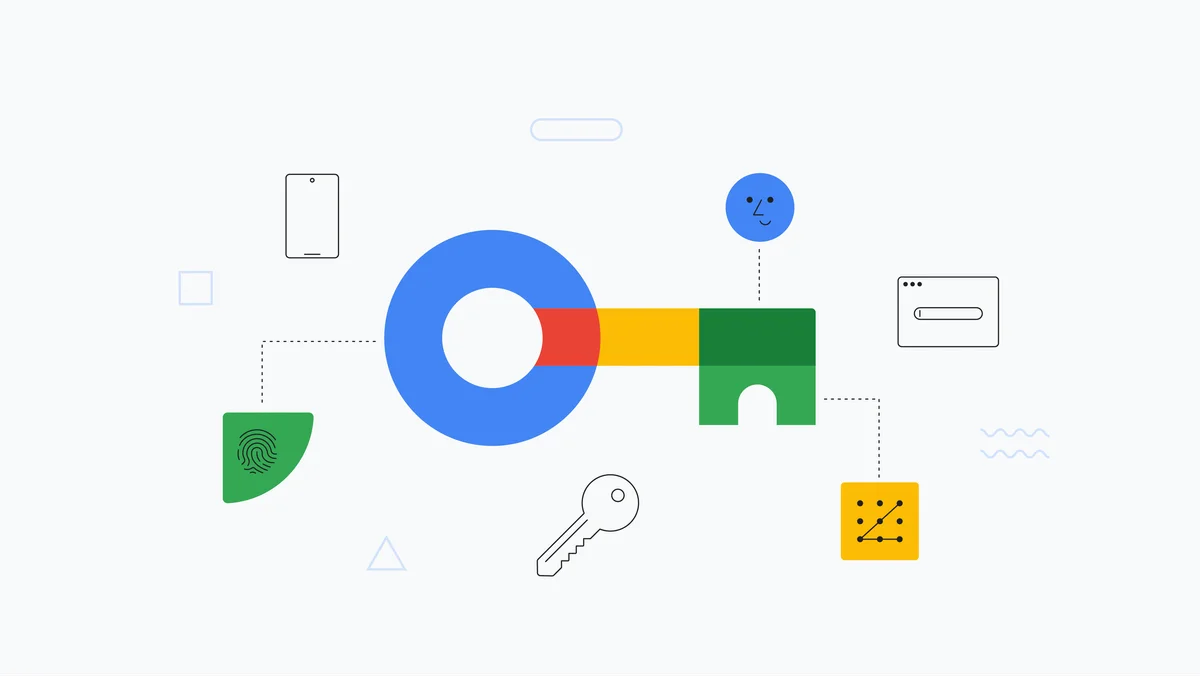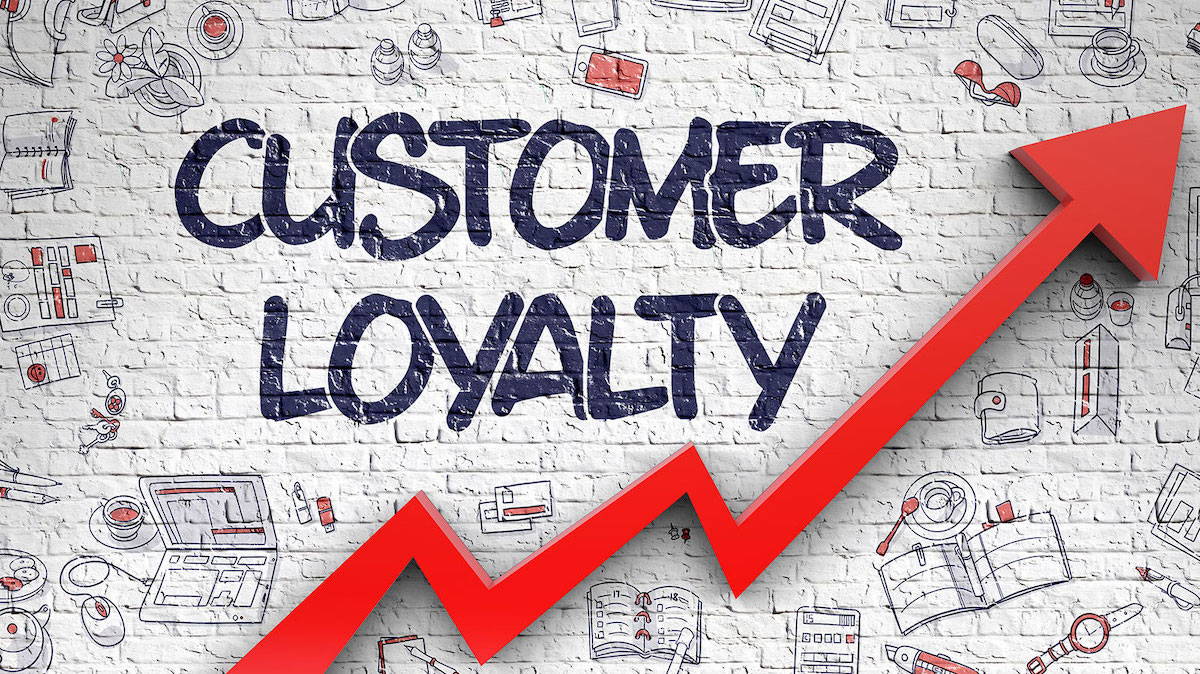10 Ways to Tackle Cart Abandonment

Follow these tips to increase conversions and reduce abandoned carts for your business.
Shoppers are preparing to make online purchases, and as a business owner, this often means increased traffic to your site and potential for increased sales. However, not all shoppers complete the checkout process and make a payment. This is known as cart abandonment, when shoppers fill up their carts and start the checkout process, but do not complete the purchase. While this may seem beyond your control, there are strategies you can implement to reduce abandoned carts.
In this article, we will explore a few tactics you can use to reduce abandoned carts and provide best practices for crafting a successful abandoned cart reminder email.
Cart abandonment is a business challenge because it robs you of sales.
How Do You Address Cart Abandonment?
Cart abandonment can be a frustrating challenge for businesses, as it results in lost sales. The reasons for cart abandonment can vary, from unexpected additional costs to a poor checkout experience to issues outside of your control, such as a declined credit card. However, there are steps you can take to minimize these occurrences.
Here are ten ways to reduce the number of shoppers who abandon their shopping carts.
Improving the Checkout Shopping Experience
While this strategy may seem like a no-brainer, it is often overlooked in practice.
As a business owner, it is important to strive for a seamless customer experience, as it can enhance brand perception and increase customer satisfaction. This strategy encompasses a range of factors, including:
- Creating a simplified process. A straightforward, not-overly-complicated user experience (UX) navigation that allows shoppers to choose products, add them to the cart and hit the checkout button.
- The e-commerce Know Your Customer (KYC) should only ask what you need to verify the customer to complete the shopping process. You don't want to kill the shopping high, which is the adrenaline thrill shoppers get when impulsively buying an item.
- Offering more third-party payment options with a passwordless sign-up option. This makes things very easy for your customers since it’s a familiar payment option. It’s also best if the payment stage is the last thing in the checkout process.
- Having a transparent process by being upfront about additional charges like shipping fees.
- Having an intuitive customer experience by including a great user interface and user experience (UI/UX) elements. A few to consider are filters, translation options, progress indicators, cart notices, built-in wishlists, and the ability to view shopping carts without leaving the page.
- Lastly, you should optimize the website for speed for both web and mobile. Shoppers can get impatient and tend not to trust slow websites or websites that behave poorly.
Building Trust Using Reviews
Consumers often rely on reviews and ratings to help them make purchasing decisions, especially if they are unfamiliar with a brand. Displaying reviews or ratings on the cart page can be helpful in building trust and confidence in the product. Positive customer reviews can serve as powerful social proof and provide the motivation a shopper needs to complete a purchase.
Making Suggestions and Product Alternatives
Consumers appreciate the opportunity to compare and contrast their options to ensure they are getting the best deal. Offering similar product suggestions or alternatives to the product in their cart can be a helpful way to provide shoppers with additional options and encourage them to consider adding additional items to their cart. These alternatives could include products from different brands, different colors, or alternative versions of the same product.
Be transparent about available discount codes and free shipping offerings and let shoppers know when a product is running out fast.
Playing the Numbers Game
Be transparent about available discount codes and free shipping offerings, and let shoppers know when a product is running out fast. Information like this gets your shopper salivating because they wouldn't want to miss out on that great deal or limited item.
Utilizing a strong call to action (CTA) can be an effective way to encourage shoppers to complete their purchases. The checkout page is a prime location for a clear and compelling CTA, as it can provide shoppers with the final push they need to complete the checkout process. Using specific, action-oriented language such as "You have 10 items in your cart" or "Get free shipping on purchases over $50" can be more effective than a generic "Continue" button.
Utilizing Exit-Intent Popups
Exit-intent popups are opt-in offers that display when shoppers are about to navigate away from the page. These offers convince them to stay by showing discount codes, coupons, free shipping, or other customer incentive offers. Essentially, they're baits that are intended to get a prospective shopper to purchase by offering them a deal they cannot refuse.
How do they work? Exit-intent popups work by tracking the mouse movement of the shopper on the page.
Implementing Guest Checkout
Consumers may arrive at your site through marketing advertisements and want to make a purchase without the hassle of creating an account. Offering a guest checkout option can streamline the process and make it easier for shoppers to complete their purchases. If you want to encourage users to sign up for your platform, you can offer incentives after the purchase. Streamlining the sign-up process, such as by using a passwordless checkout system like OwnID, can also help to increase conversions. Ultimately, providing a smooth and convenient checkout experience benefits both customers and businesses.
Optimizing the Checkout Process
Optimizing the checkout process continues beyond upgrading your website uptime and availability this holiday season. Fixing laggy, slow, or buggy pages can give shoppers more confidence in your service.
Identifying and addressing bottlenecks in the checkout process can be crucial for increasing conversions. Using analytics tools to track user behavior and identify points in the conversion funnel where shoppers are dropping off can help you understand the reasons for cart abandonment. For example, you may find that shoppers from certain countries are abandoning their carts due to payment restrictions or unavailable shipping options. By analyzing this data, you can identify areas where you need to add more payment methods or adjust your shipping options to improve the checkout experience.
Once you’ve integrated the analytics tool, roll out the new designs and test your hypothesis using A/B testing.
Retargeting Ads
What if shoppers have left the cart and site completely? Now is the time to use retargeting ads that subtly show up on their devices' timelines to remind them of the items in their cart. Retargeting ads work because of cookies, which are small pieces of data stored in your browser whenever you visit a site. By showing these ads, you can keep your brand (and cart) in the mind of the shopper and can be sure of a sale conversion.
How can you make retargeting ads successful? Start by segmenting your audience based on their purchase behavior before sending out retargeted upselling and cross-selling ads. Besides giving you a better understanding of customers, this ensures that your resources are efficiently utilized.
Using Passwordless Authentication vs. Mandatory Account Creation
Creating an account and getting a password can sometimes be a hassle and demanding effort. Remember, you want shoppers in that "shopping high" mood. Thus, you must simplify the account creation process by offering shoppers simple and secure signup options like passwordless authentication.
You may be wondering about the security of passwordless authentication. Passwordless authentication refers to methods of authentication that do not require a text-based password, such as one-time passcodes, fingerprint scans, or facial recognition. Implementing passwordless authentication can streamline the sign-up and sign-in processes and reduce the risk of weak passwords. For shoppers, the process of creating an account and remembering yet another password can be cumbersome and may discourage them from completing their purchases. By using passwordless authentication, you can eliminate this barrier and make the checkout process faster and more convenient for customers.
Read how passwordless authentication is more secure here.
Email Follow Up
It’s great to have an abandoned cart email campaign that reinvites shoppers back to their cart in a friendly way. You can send this email periodically to let the shopper know they have an open cart or offer new deals they would find interesting.
What should you add to an abandoned cart email? It’s always best to be personal. Use the shopper's first name and sign the email yourself. Also, include what's in their cart with the relevant clickable URLs.
The best time to send that email is a few hours after abondonment.
Best Practices for Crafting a Successful Abandoned Cart Email
There are no standard rules when drafting your abandoned cart emails. However, you need to follow a few best practices to guarantee clicks and get shoppers back to that cart:
- Timing is important. The best time to send that email is a few hours after abandonment. This first email should be less about marketing and more aimed at resolving any issues they might have encountered. Follow it up with two to four other emails one day and three days after abandonment. You should, however, refrain from spamming the shopper.
- Your subject line should be interesting enough to get people to open the email. Something with humor, customer-focused incentives, or a FOMO (“fear of missing out”) motive does the trick.
- Make an offer with customer incentives like free shipping or a discount code. However, while you’re at it, try to maintain your profit margins.
- Reinforce your key selling points by adding a catchy CTA with concise and compelling copy.
- Re-engage customers with positive reviews.
Key Takeaways
Reducing abandoned carts is an ongoing challenge for businesses, but there are strategies you can use to minimize these occurrences. Email follow-up and passwordless authentication are two approaches that can be effective in reducing abandoned carts. A/B split testing can also help you determine which strategies are most effective for your business. By regularly testing and refining your approach, you can take steps to reduce abandoned carts and increase conversions for your business.
You can put these strategies and features into practice by implementing passwordless authentication with OwnID on your checkout and login pages.
This post was written by Ifeanyi Benedict Iheagwara. Ifeanyi is a data analyst and Power Platform developer who is passionate about technical writing, contributing to open source organizations, and building communities. Ifeanyi writes about machine learning, data science, and DevOps, and enjoys contributing to open-source projects and the global ecosystem in any capacity.
.svg)


























.png)
.png)